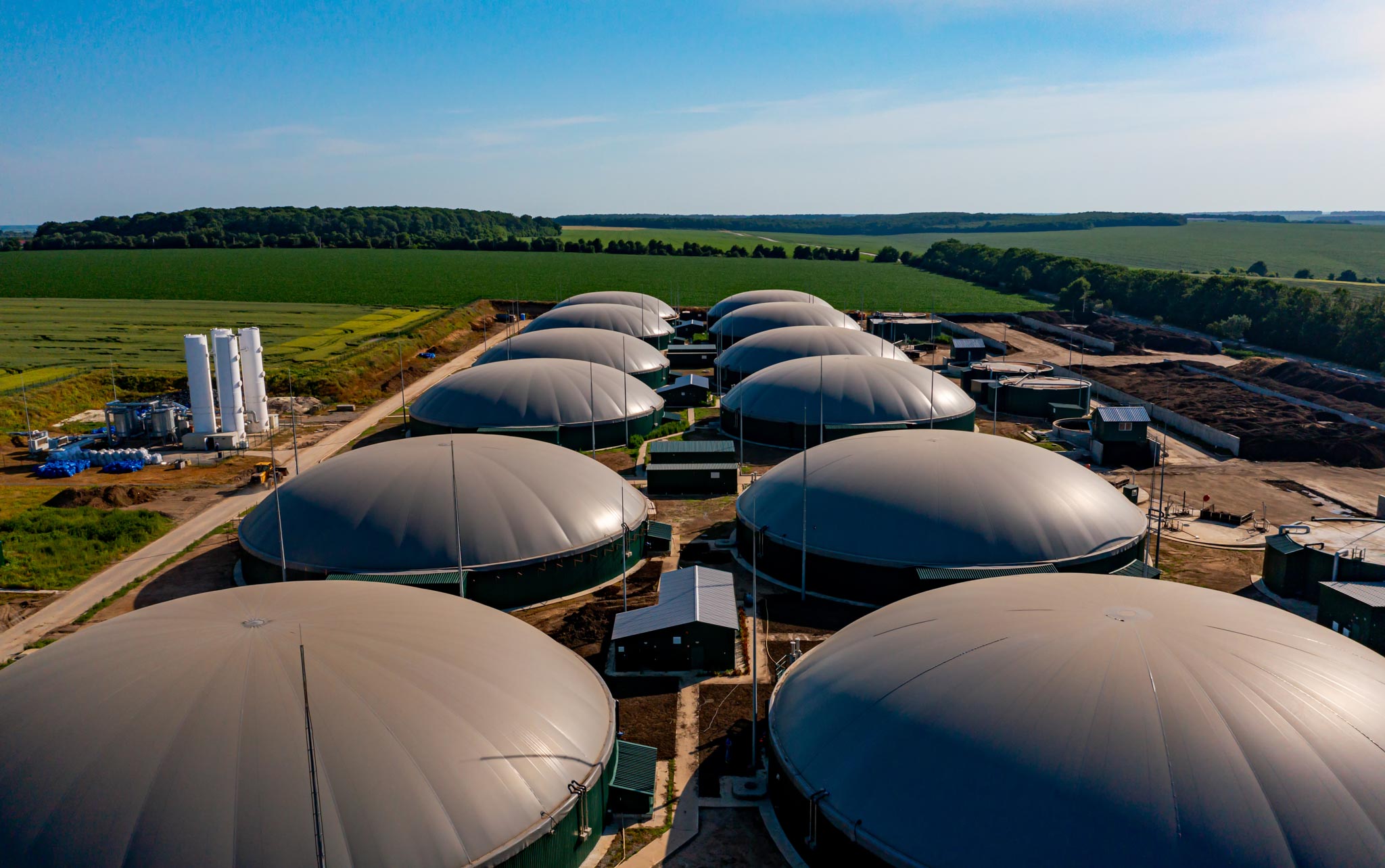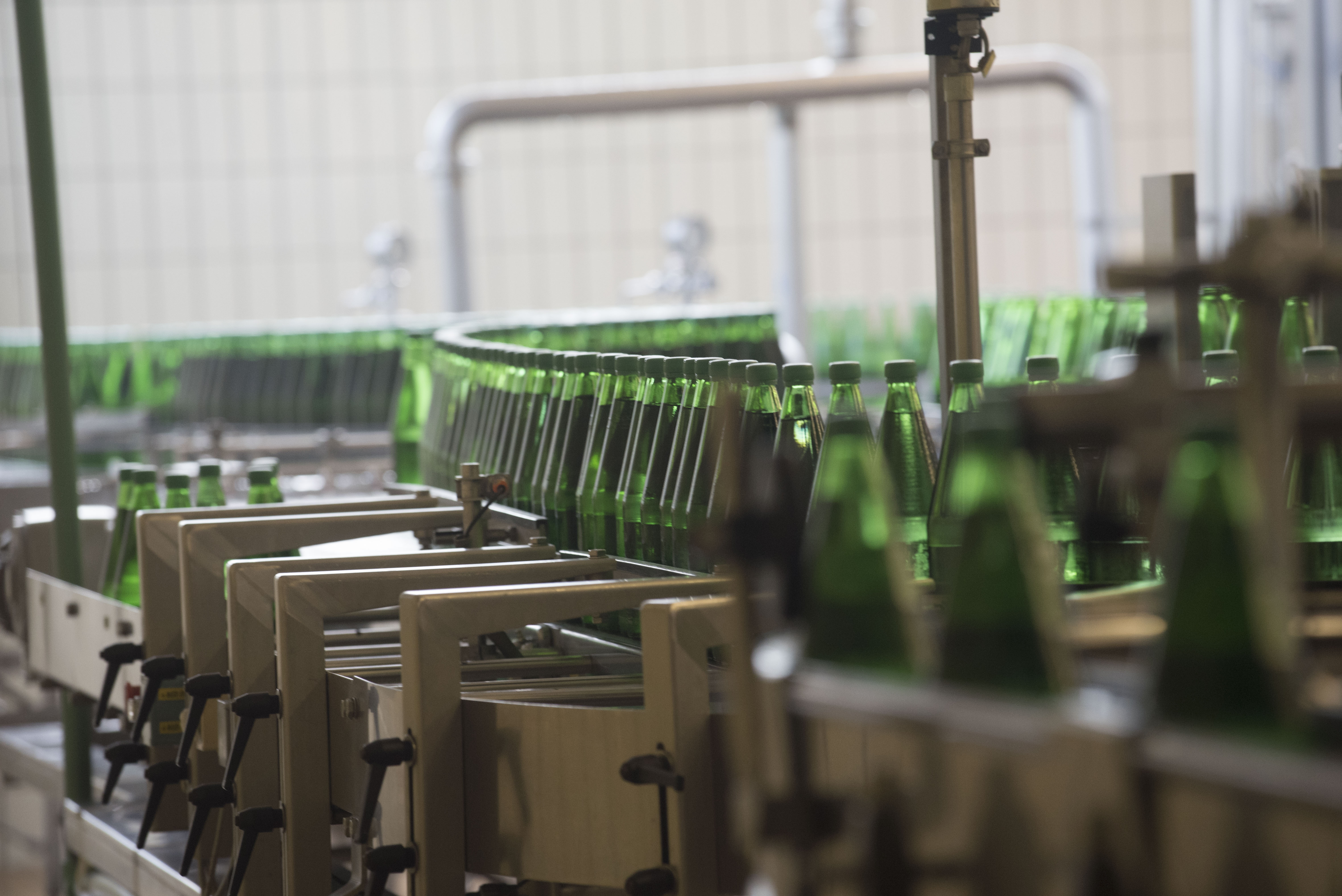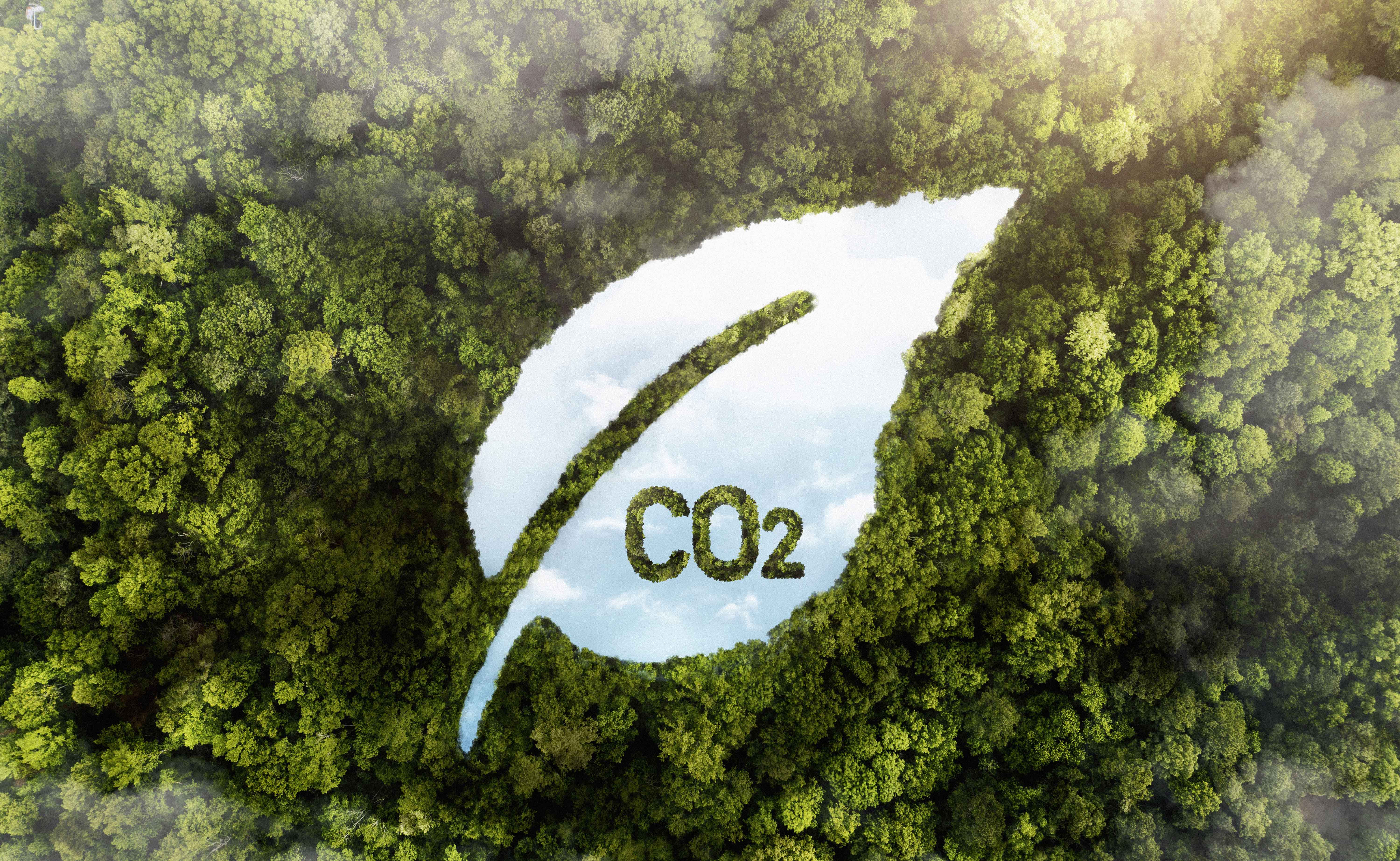ORG managing director, Mike Davis, was once again featured on The Australian Financial Review, where he addressed the assumption/narrative that gas can’t be decarbonised, pointing out that biomethane produced at scale can easily be distributed to industries that are hard to electrify, without any changes to existing infrastructure.
As industries and governments grapple with decarbonisation targets, biomethane is emerging as a potential and credible low-carbon gas alternative.
“There’s been an assumption that you can’t decarbonise gas or reduce gas emissions,” says Mike Davis. “Well, you can.”
 “There’s been an assumption that you can’t decarbonise gas or reduce gas emissions,” says Mike Davis. “Well, you can.”
“There’s been an assumption that you can’t decarbonise gas or reduce gas emissions,” says Mike Davis. “Well, you can.”
Davis is the managing director of Optimal Renewable Gas, which has 10 biomethane projects in the pipeline. He hopes to see more renewable gas flowing through Australia’s existing gas network by late 2027, and believes it can play a vital role in Australia’s decarbonisation journey.
The use of biomethane in gas grids is already well established in countries including the UK, France, Germany and the US. Denmark is on track to hit its target of 100 per cent renewable gas by 2030-34; biomethane made from feedstock including animal manure, crop residues and household green waste already provides around 40 per cent of the nation’s gas.
In Australia, while biogas production is common on farms (where much of the gas is flared to reduce methane emissions), all we have seen in terms of large-scale production so far is a demonstration plant at the Malabar wastewater treatment plant in Sydney. However, the potential is enormous, Davis says.
Without making any changes to infrastructure, biomethane produced at scale could be easily deployed to reduce emissions in industries that are hard to electrify – from brick kilns that need constant high temperatures to food processors that can’t get sufficient power from regional electricity infrastructure.
 Without making any changes to infrastructure, biomethane produced at scale could be easily deployed to reduce emissions in industries that are hard to electrify.
Without making any changes to infrastructure, biomethane produced at scale could be easily deployed to reduce emissions in industries that are hard to electrify.
It could also fuel heavy vehicles and could be a cheaper and less disruptive decarbonisation option than electrification for existing large buildings such as some shopping centres, hospitals or apartment blocks, Davis says.
And it could play an important role in responsive power generation, providing a reliable, renewable source of energy to complement intermittent sources such as wind and solar.
“We sometimes sit in silos in terms of electrification and gas, but we’ve got to look at this as an energy system transition. Just like electrons can come from renewable sources, so can molecules – we’ve just got to determine where the best value is for them in the system.”
Support needed
Made by breaking down organic waste in an anaerobic digester, biomethane is identical to natural gas in composition – except that it comes from a renewable source, and is not a fossil fuel.
Both natural gas and biomethane release carbon dioxide when they’re burned. But while the carbon dioxide that natural gas adds to the atmosphere has been locked up out of harm’s way for millions of years, biomethane is simply recycling carbon dioxide that was recently taken from the atmosphere by plants, as part of the “short carbon cycle”.
 Biomethane is simply recycling carbon dioxide that was recently taken from the atmosphere by plants, as part of the “short carbon cycle”.
Biomethane is simply recycling carbon dioxide that was recently taken from the atmosphere by plants, as part of the “short carbon cycle”.
This is why, when it is combusted, biomethane is considered to be carbon neutral, or as the Clean Energy Regulator (CER) defines biomethane, ‘a methane-rich, net-zero carbon emissions natural gas substitute’. By using waste products such as slurry and crop residues, biomethane can also reduce the methane that they would produce if left to rot, and the greenhouse gas emissions associated with their disposal. It can also provide farmers with an income and even return nutrients to farms through biosolids or digestate – byproducts of the production process.
“We’ve seen enormous support for green hydrogen,” Davis says. “But biomethane can play a much more near-term role. It is a drop-in fuel that can help our manufacturing sectors to reduce emissions efficiently.”
Davis would like to see some of the policies that support green hydrogen – such as the NSW renewable fuel scheme and federal government tax concessions – also applied to biomethane.
“Hydrogen is going to play an important role in the distant future. But right here, right now, biomethane is ready to start supporting the decarbonisation of hard-to-electrify sectors, delivered by existing infrastructure.
 “It astounds many industrial gas users that we talk to that hydrogen has market incentives that biomethane can’t access".
“It astounds many industrial gas users that we talk to that hydrogen has market incentives that biomethane can’t access".
“It astounds many industrial gas users that we talk to that hydrogen has market incentives that biomethane can’t access, despite biomethane being a direct substitute for natural gas and currently far cheaper to produce than green hydrogen. This ultimately holds back the development of this market and the emissions reduction options of many Australian businesses.”
While Australia has been a laggard in the biomethane market, we’re well placed to grab the benefits of that overseas market development over the past 20 to 30 years, Davis says.
“Biomethane is a low-hanging fruit. It has an existing pathway as a drop-in fuel that provides benefits not just to the energy system, but to the wider management of organic waste and the circular economy. This is an enormous opportunity for Australia.”
Find out more about renewable gas at www.partofthebigpicture.com.au
